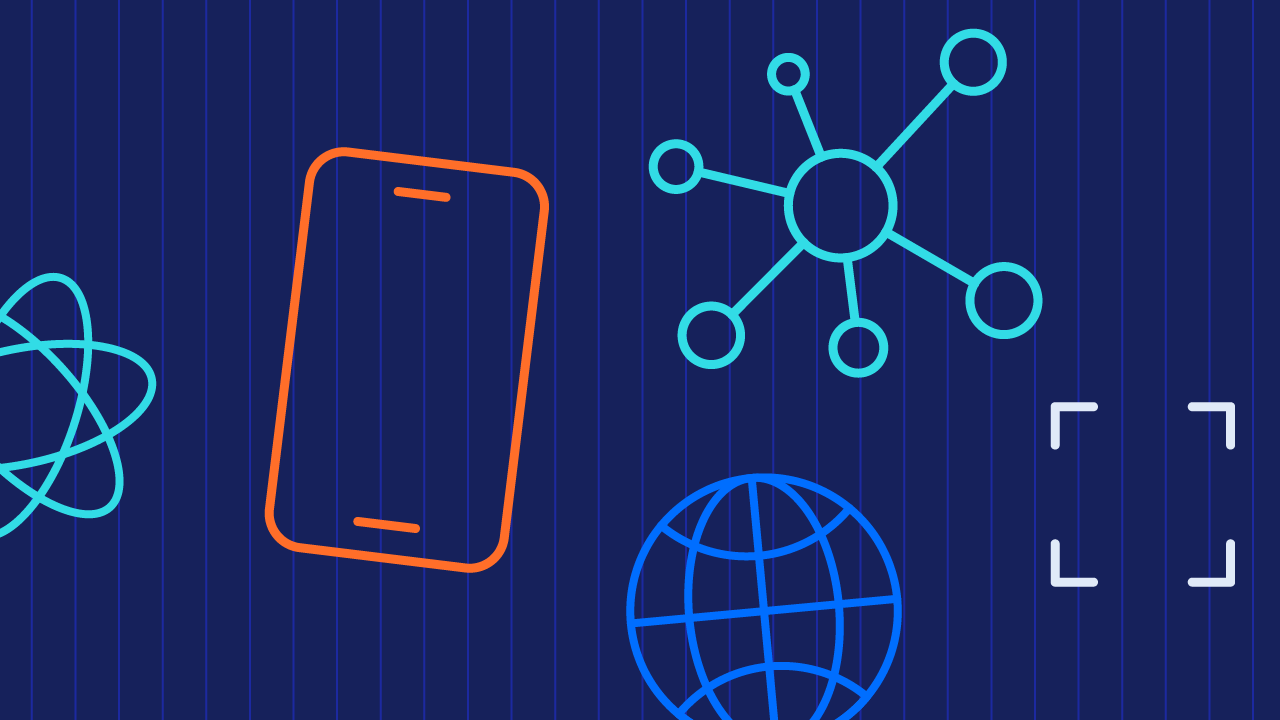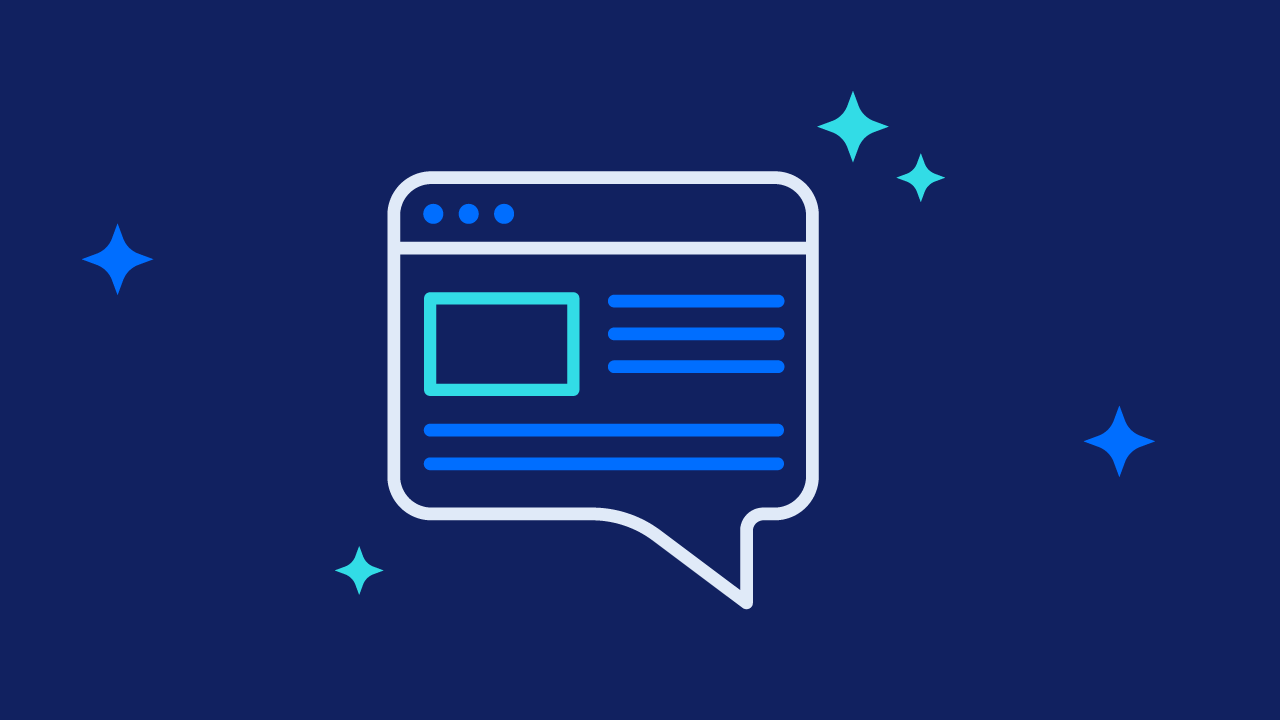If you’ve ever used spell check, asked a voice assistant to play a song, or navigated with GPS, you’ve used artificial intelligence (AI). These types of tools have been around for years, but modern AI goes way beyond spell check: It can gather and synthesize information to improve its own functionality and decision making.
AI in public relations is an especially exciting area, with tools ranging from traditional chatbots to cutting-edge, comprehensive platforms. Read on to learn more about AI tools for public relations and how brands can use this powerful technology.
What Is AI in Public Relations?
In public relations, artificial intelligence has already taken on many roles and continues to find new uses. Because many PR functions rely on the internet, AI’s ability to analyze vast amounts of data in seconds makes it a perfect fit. Data analysis that would take a team of humans days to complete can be done by AI in seconds, and provide insights that are more accurate and up-to-date.
AI tools for public relations are also excellent for automating manual tasks. AI can schedule and manage social media posts, draft press releases, respond to customer comments, emails, and messages, build media lists, and take notes. As its capabilities grow, it’s becoming more essential to understand how to use AI for public relations.
How Is AI Used in Public Relations?
AI is a fast-paced and ever-changing technology. To really understand how these tools are used, let’s look at some specific examples of AI in public relations.
Chatbots
Chatbots are interactive AI that emulate a human by answering questions, and they’ve grown beyond handling customer complaints. Businesses today use them to answer frequently asked questions and make personalized product recommendations, and internally to respond to messages and automate tasks. Chatbots can improve customer satisfaction and increase efficiency, making them an essential link between public relations and AI.
Speech-to-Text Tools
Many different industries and professions use speech-to-text tools, which have been around for years. The most common use is to take notes in meetings, but today’s tools are smarter than ever. With this type of AI, public relations professionals can automatically transcribe press conferences, media interviews, and conference presentations, as well as write speeches.
Social Media Automation
Managing multiple social media platforms can be time-consuming. AI can simplify these processes and save time by automating things like creating content calendars, posting content, and replying to comments. It can also help you improve collaboration with your team and schedule and deliver messages at the right time, to the right audience.
Content Creation
Generative AI, which generates new content based on a prompt and includes tools like ChatGPT from OpenAI, has catapulted into the spotlight. This type of AI in public relations can create press releases, social media posts, headlines, interview questions, and outlines, and quickly customize it for different target audiences. With text-to-video and other visual capabilities, it can also make quick, high-quality images and videos for social media, blog articles, and more. However, generative AI does have limitations, so make sure you have a process and optimized workflows with human oversight in place.
Media Outreach
AI for public relations can streamline and automate media outreach and relationship management by helping you identify and connect with the right people. AI generated signals can identify changes in journalists’ home mastheads, beats, and contact information, provide insights on their engagement, and more. It can even recommend new contacts based on your past searches. That means you spend less time building outreach lists and more time building valuable relationships.
Media Monitoring
The amount of data on the internet is forecast to reach 181 zettabytes by 2025 – and AI for public relations can sift through all that data in seconds. Cutting-edge AI algorithms can not only provide accurate, real-time media analytics, but also sift through the noise to surface the stories that matter most to your brand. Here, it’s important to remember that AI is only as strong as the data it’s built on, so the more comprehensive your media data set, the better results you’ll get.
Sentiment Analysis
Brand sentiment analysis goes even further than media monitoring or social listening, providing you with a picture of how people feel about your brand. The best AI tools for public relations take traditional social listening and sentiment analysis to the next level, using AI to contextualize words, account for nuances and multiple opinions in a single post, and uncover the true intent behind conversations.
What Are the Benefits of AI in Public Relations?
In our State of the Media Report, AI was a recurring theme among the journalists and communicators who responded. Some were leaning in, while others were cautious. There’s one thing that’s certain: Done right, AI for public relations has numerous benefits.
Organizational Efficiency
Thanks to AI, public relations teams are quickly saying goodbye to manual tasks. AI can take care of easy, day-to-day tasks accurately and consistently, freeing up your team to focus on the big picture: campaign strategy and optimization. You not only save time and resources up-front, but run more efficient campaigns that boost your ROI.
Customer Engagement
AI can provide real-time insights into what’s working in your campaigns – and what isn’t. It can even give you accurate predictions. That helps you tailor your strategies, refine your messaging, and deliver the right content to the right people, at the right time. When your campaign resonates with your audience, they’ll click, read, and convert.
Reputation Management
One of the biggest benefits of AI in public relations is the ability to proactively manage your brand reputation. AI tools can constantly monitor public sentiment, identifying both positive and negative patterns. You can then take action to magnify the good and manage the bad, safeguarding your reputation and creating happier customers.
Crisis Management
AI and public relations also go hand-in-hand when it comes to crisis management, helping to bring certainty to an uncertain landscape. These tools can predict how and when negative sentiment may turn into a crisis, so you can create strategies to mitigate those risks. And if a crisis does happen, you’ll be able to respond quickly and keep it from escalating.
Proven ROI
Ultimately, all of the above benefits of AI in public relations ladder up to one thing: growing the bottom line by improving the ROI of your campaigns. Not only that, they allow you to connect your PR activities to KPIs like click-through rate, conversions, and revenue, proving your team’s positive impact on the business.
Embracing AI in Public Relations
As technology advances and becomes more accessible, we’re sure to see even more partnerships between public relations and artificial intelligence. Yet communications will remain a very human art, one that depends on relationships, creativity, and innovation.
CisionOne brings together the best of technology and human expertise to uncover the stories that impact your brand, understand the true intent behind conversations, and simplify media outreach. To learn more, speak to a Cision expert today.








